Why Every Quilter Should Visit the Hickory Ridge Homestead Museum in Boone, NC.
The mountains of North Carolina have many great adventures to offer quilters on their travels. Not the least of which is the hidden Hickory Ridge Homestead Museum. Located in Boone, NC this gem is full of living history, artistry and possibly the oldest working loom in the United States!

Officially created in 1980, the Hickory Ridge Homestead Museum gives you the opportunity to truly see what life was like back when the North Carolina mountains were first settled.
“Our educational programs focus on the settlement period of (1785 – 1805) when folks who settled into this region had to grow, create, and trade for the necessities of life.”
— https://www.horninthewest.com/museum
Many settlers in the area were Irish and Scottish immigrants that wanted to escape the ‘troubles’ out on the coast. So, they headed up into the mountains. Of course, the fighting eventually found them and using their guerilla warfare style of battle, they helped the Colonists eventually win the Revolutionary War.
The Hickory Ridge Museum houses 6 original cabins dating as far back as 1785 including 2 family homes, a WPA cabin, Tavern and Blacksmith. Unfortunately, the Blacksmith cabin was not open on my trip through. However, the other cabins more than made up the slack.
The Tatum House

The Tatum Cabin is the oldest one on the grounds. Built in 1785, five generations owned the cabin before it was donated to the museum in 1959. Originally it had no windows except for a couple of wall cutouts more than likely used for protections against bears and the occasional red coat.
Built out of poplar and cherry, the cabin has 2 doors facing each other. The story goes that the family would bring the cows in one door to be milked. Then, they would be exited through the opposite door. The reason? Cows can’t back up. It’s an old tradition brought by the Irish immigrants still used today in modern farming. Although, now they use gates instead of houses.
The WPA Cabin

Considered the ‘baby’ of the bunch, the WPA cabin is representative of housing used in the 1800’s by a working man spending his summers in the mountains, then heading down the mountain in winter. Each tiny cabin had a bed, table, wash area and metal stove for heating and cooking.

During the Civil War these men were recruited by the Confederate Army and given a bonus if they brought their stoves. You see, each stove could be melted down and made into quite a bit of ammunition. A need which the Confederates were always in short supply.
The Tavern

Known as the Hawksnest Tavern, this building was brought to the grounds in 1969. It is a representation of the 18th century tavern and trading posts. Inside you’ll find a friendly tavern keeper quick to regale you with some history and drink! You’ll get to taste a bit of Switchel that was common at the time.

Along with Switchel, guests would drink rum from the Caribbean, coffee and hot chocolate. For those in search of food there would most likely be a large pot of stew over the fire. However, this stew was not made fresh throughout the day. It was the same stew started in the morning. As the day progressed the tavern keeper would continue to add more meat and vegetables.

My Personal Favorite – the Coffey Cabin

Built in 1875, the Coffey Cabin was originally a wedding present from Thomas Coffey to his wife. Donated in the 1950’s to the museum, it now holds the history of weaving during the 18th and 19th centuries and one of the oldest known looms in the United States! Y’all, this thing is AMAZING!
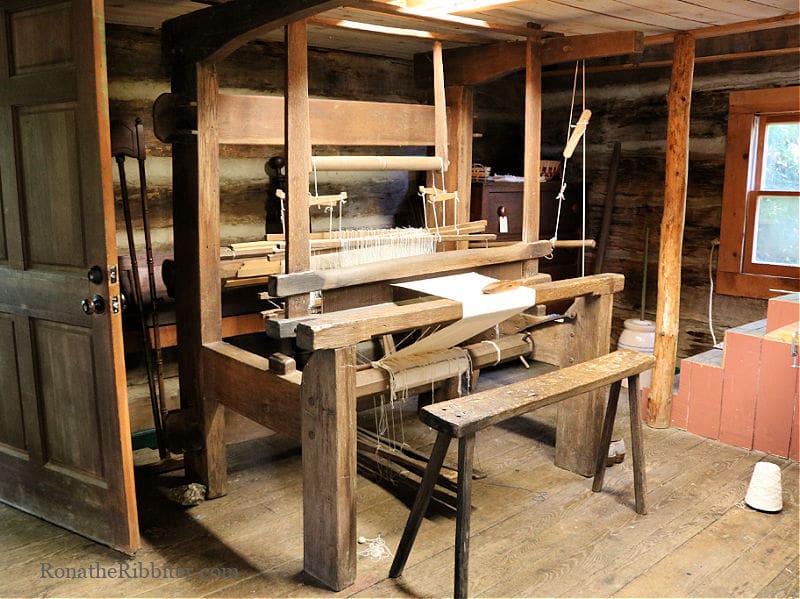
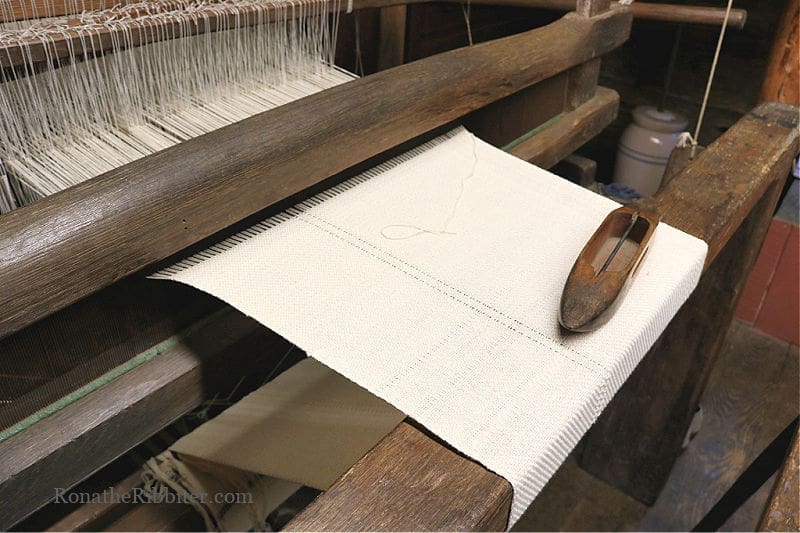
As you walk inside the cabin, you’ll be greeted by a lovely young woman excited to share with you her love and knowledge of all things weaving. As cotton was not available in the mountains, they used mostly wool and linen to spin yarn. Showcasing several different spindles, you can see the progression of advancement over the years. On the original spindle, it’s said a woman could walk 20 miles a day just spinning.

Once the yarn was spun, it would be added to the loom to be woven into usable cloth. This was mostly done during the summer months while waiting for the harvest. As the looms were very expensive, and that it took 8 spinners to keep up with 1 weaver, they usually had a ‘community’ loom. The families would get together (male and female alike) to spin and weave enough cloth and finished goods for the entire community.
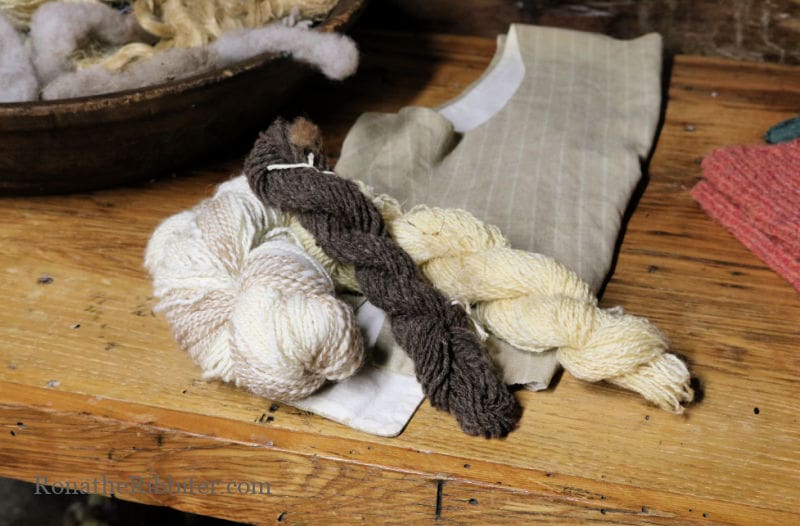
One interesting fact I learned was that the looms would actually be stored most of the year. When the crops were planted and they were ready to weave cloth, the looms would be assembled outside on a porch. One because of their size, but also because there was no light inside the cabins. No light would make threading those reeds extremely difficult. Natural outdoor light was much more ideal.

If you’re a super history geek like me, along with the cabins is an open-air theater where the volunteers perform Dr. Kermit Hunter’s ‘Horn in the West’ show. Beginning in the 1950’s, it’s the oldest outdoor drama in the US. The show brings to life the story of Daniel Boone and the merry group of settlers in the Blue Ridge mountains. It follows their struggles of life and surviving before and during the Revolutionary War. Unfortunately, due to COVID, the show has been postponed temporarily. Although they are holding other reenactment stories throughout the summer!
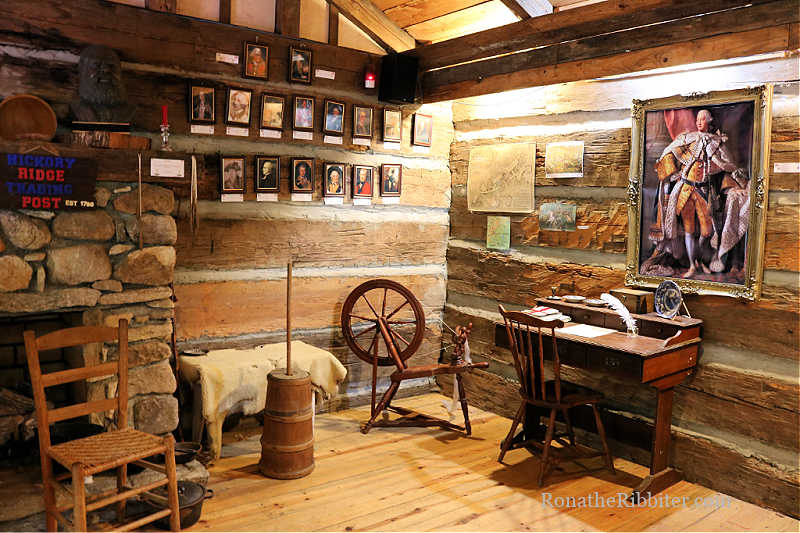
When you’re up in the mountains either staying near Boone or just traveling the Blue Ridge Parkway, it’s worth a stop for every lover of history and quilting to check out the Hickory Ridge Homestead Museum. Getting to experience that loom alone is worth the trip!
While in Boone, don’t forget to make a stop at the Quilt Shop, Inc and Sew Original!


Related Posts:
- More fabulous Quilt Shops in North Carolina
- Meet the Crossnore Weavers and how they’re making a tremendous impact on hundreds of children’s lives!
- More great things to do and see in North Carolina
- Ready to hit the road? Click HERE for Quilting Travel Tips to save you time and money!
Do you know someone who’d love to learn about Hickory Ridge? Click the buttons below to share with your friends! Then be sure to join us in the Traveling Quilters group on Facebook to for more travel adventures!
Click here to grab your Quilt T-shirts, Patterns, Books and More!


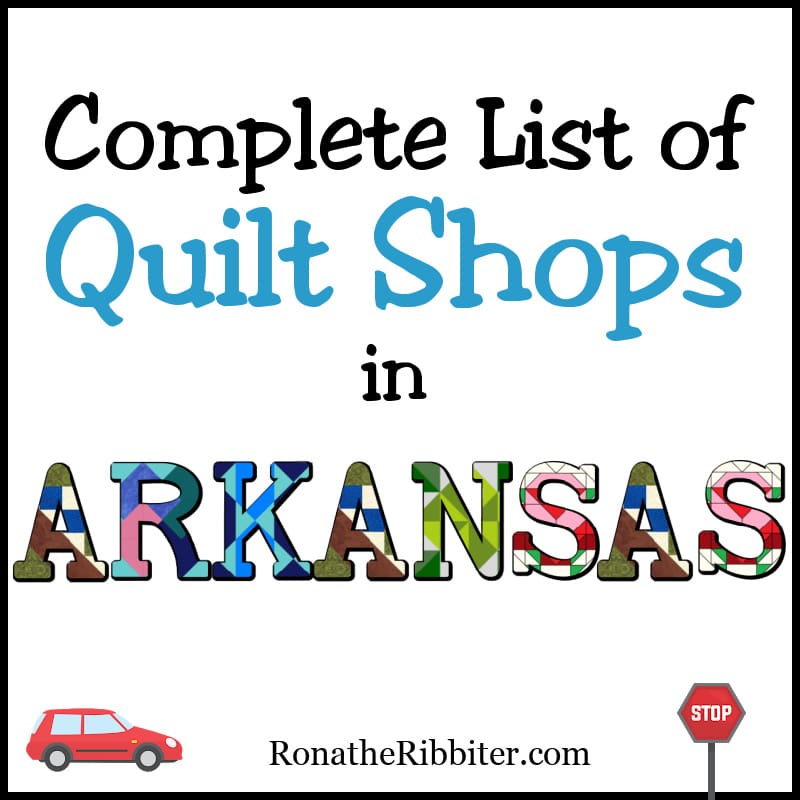




Leave a Reply